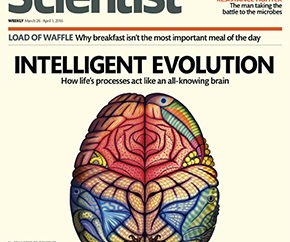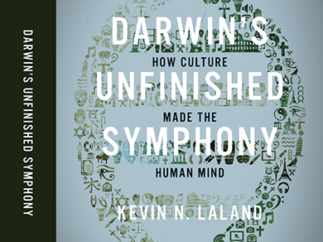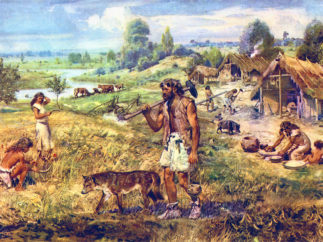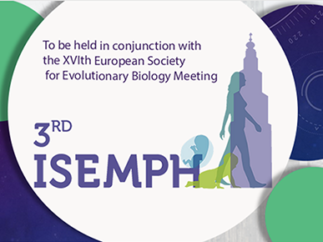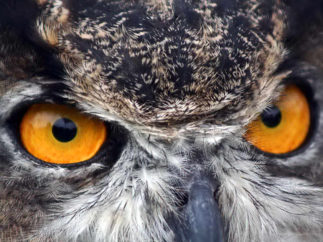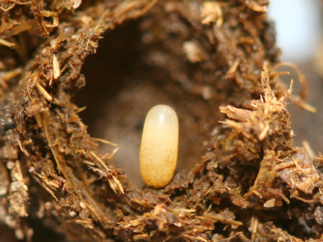by Richard Watson
Defining niche construction
Scientists like to define their terms. They believe that it is imperative to pin down key concepts so as to remove ambiguity as to what they mean, and how they are bounded. Definitions, it is argued, facilitate clear thinking and consensual analysis across scientific communities. Philosophers of science, on the other hand, who prize clear thinking, are frequently sceptical as to whether definitions truly fulfill this function. The trouble is that there is an infinite regress associated with definitions. For instance, the question ‘What is an innovation?’ might elicit a definition ‘a new idea, method or invention’, which invites the corollary question ‘What is an invention?’, in a recursion that could be pursued ad infinitum. What this means in practice is that definitions tend to have a fuzzier existence than most scientists might like to believe. Readers often possess subtly different understandings of a term’s meaning. One reason for this is that it is impossible to anticipate all new findings: think, for example, of the extraordinary complexities that have been discovered about the relationship between DNA base pair sequence and the construction of amino acid chains, and how those discoveries stretched earlier molecular definitions of gene. Definitions can’t pin concepts down in any absolute sense, nor remove all ambiguity, although they can and do help scientists to communicate. Does that mean that scientists are wasting their time searching for definitions? No. Definitions fulfill an important function by guiding research programs. The question to ask when defining a concept is ‘What job do we want it to do?’
Domestication as a model system for the Extended Evolutionary Synthesis
Archaeology has a long history of looking to evolutionary biology for ways to explain the initial domestication of plants and animals. To date, most have been firmly grounded in traditional neo-Darwinian principles. These characterize domestication as an adaptive response to declining resource availability in which human goal-directed behavior plays little if any role. Recently, many of us have begun to look to niche-construction theory (NCT) as an alternative framework that achieves a much better fit with the empirical record of initial domestication in multiple world areas and also aligns with our recognition of the importance of human agency and goal-directed behaviors in evolution1,2. As archaeologists have become more familiar with the NCT literature, and the broader EES framework of which NCT is a part, we have recognized that we, in turn, have something to offer evolutionary biologists. One of the major challenges to the EES is to demonstrate that it can generate empirically testable, novel predictions about evolutionary processes3. The initial domestication of plants and animals, we argue, may help address this challenge. Indeed, we believe it answers Schlichting and Wund’s4 call for a gold standard ‘single system’ combining multiple interacting constructive processes and inheritance systems that can be used to comprehend complex evolutionary processes. Moreover, the increasingly robust archaeological, archaeobiological, and genetic (modern and ancient) data on initial domestication in multiple world areas makes it an especially tractable system for evaluating EES predictions.
ISEMPH Annual Meeting
18-21 August 2017
Intelligent design without a creator? Why evolution may be smarter than we thought
Charles Darwin’s theory of evolution offers an explanation for why biological organisms seem so well designed to live on our planet. This process is typically described as 'unintelligent' – based on random variations with no direction. But despite its success, some oppose this theory because they don’t believe living things can evolve in increments. Something as complex as the eye of an animal, they argue, must be the product of an intelligent creator.
Research project 9: The evolution of inclusive heredity through the genomic interactions of symbionts
‘The evolution of inclusive heredity through the genomic interactions of symbionts’ is one of five research projects under the third theme, Inclusive Inheritance, of the Extended Evolutionary Synthesis research program. Michael Wade and Armin Moczek (both at Indiana University), are using theoretical models and experiments in dung beetles to investigate how the evolution of symbiotic host-microbiota interactions shape heredity.
